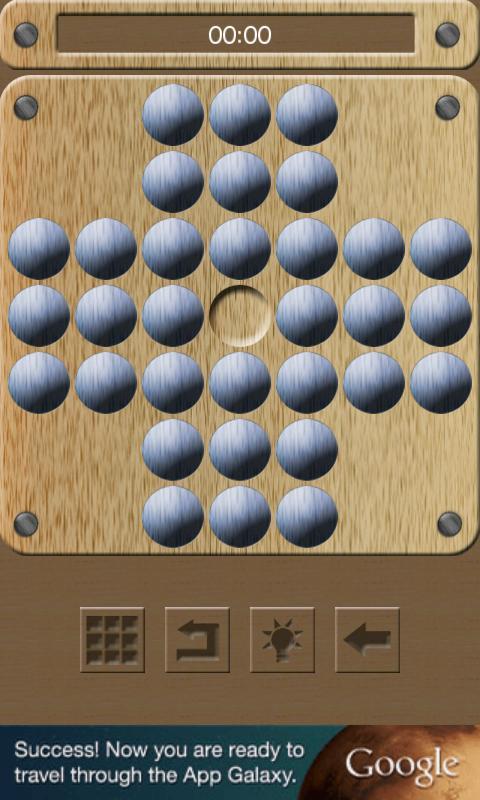

The earliest reference to the game in text was made by Leibniz, in 1710. Then you click at the square (hole) to which you want the peg moved. To move a peg, you select it first by clicking on it once. The peg that has been jumped over is removed. Pegs are allowed to jump over adjacent (vertically or horizontally) pegs. Unlike chess, however, there are no references to game scores in history, so the earliest reference to the game is in an engraving Claude-Auguste Berey's "Madame la Princesse de Soubize jo¨ant au jeu de Solitaire". Peg solitaire is a board game for one player involving movement of pegs on a board with holes. Like other board games such as chess, the origins of peg solitaire are shrouded in obscurity. There is some mathematical interest to the game and whether certain positions can be solved or not. There are various variants, but the objective of the standard games is to remove all but one of the pegs. Solitaire can also be played on other shapes of board - two of the most interesting are a 41 point board. In France and Sweden a 37 point board is more common with 36 pegs, marbles or pieces. Moves are made by jumping one peg over another horizontally or vertically (in some versions diagonal moves are allowed, but these versions are generally very easy), with the peg jumped over being removed. The game of Solitaire is most commonly played on a 33 point board (as pictured above left) in a cross shape with 32 pegs, marbles or pieces.

While many different boards exist, the most common is played on a 33-hole board a 37-hole board is also popular in continental Europe. However, solving the game is more complicated than it looks. Its rules are pretty straightforward and so it's widely-played there are millions of sets around, and it makes for a reasonably popular Christmas gift. Peg solitaire is a board game for one player.


 0 kommentar(er)
0 kommentar(er)
